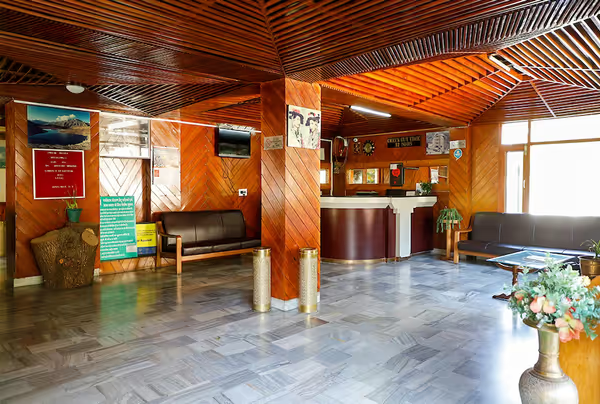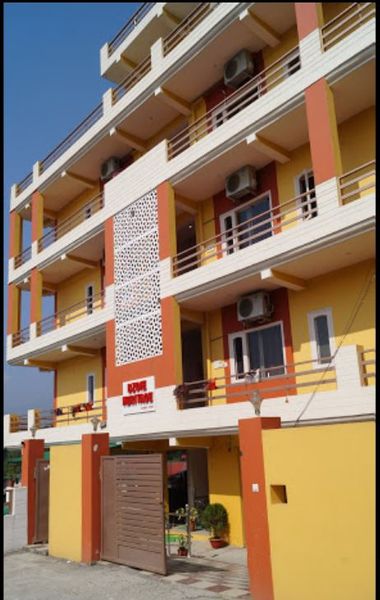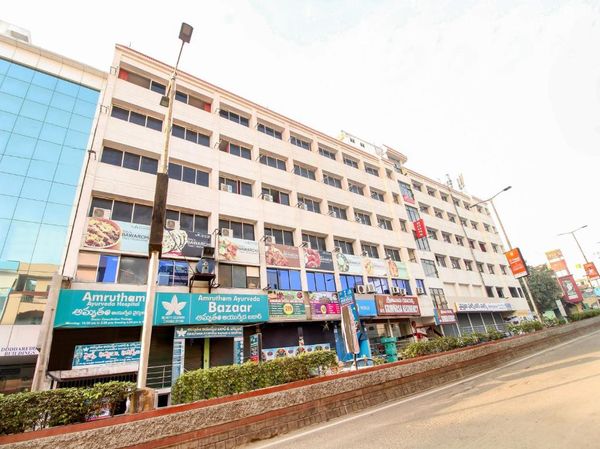The Essential Components of Air Purifiers
 EcoTech World
04 Mar, 2025
9 mins read
83
EcoTech World
04 Mar, 2025
9 mins read
83

Air purifiers play a crucial role in maintaining indoor air quality by eliminating airborne pollutants, allergens, and harmful particles. These devices are widely used in homes, offices, and industrial settings to improve respiratory health and enhance overall well-being. However, to function effectively, air purifiers rely on several key components that work together to filter and purify the air. Understanding these air purifiers parts helps in maintenance, troubleshooting, and ensuring optimal performance. Below are the fundamental components that make up an air purifier.
Pre-Filter The pre-filter is the first line of defense in an air purifier. It captures larger particles such as dust, hair, pet dander, and lint before they reach the main filtration system. This component prolongs the life of the primary filters by preventing them from clogging quickly. Pre-filters are usually washable or replaceable and should be cleaned or changed periodically to maintain efficiency.
HEPA Filter One of the most important components in an air purifier is the High-Efficiency Particulate Air (HEPA) filter. This filter is designed to capture 99.97% of airborne particles as small as 0.3 microns, including pollen, mold spores, bacteria, and fine dust. HEPA filters are essential for people with allergies or respiratory conditions as they effectively remove allergens and other microscopic pollutants from the air.
Activated Carbon Filter An activated carbon filter is another crucial part of many air purifiers. It is primarily responsible for removing odors, gases, smoke, and volatile organic compounds (VOCs). The porous nature of activated carbon allows it to trap harmful chemicals and neutralize unpleasant smells. These filters are especially useful in homes with smokers, pets, or strong cooking odors.
UV-C Light Some air purifiers incorporate ultraviolet (UV-C) light technology to destroy bacteria, viruses, and other microorganisms. The UV-C light works by breaking down the DNA structure of these harmful pathogens, rendering them inactive. This component is often used in combination with HEPA and carbon filters for enhanced air purification.
Ionizer or Electrostatic Precipitator Ionizers and electrostatic precipitators help to remove airborne contaminants by releasing negatively charged ions that attach to particles, making them heavier and easier to capture. This technology is useful for trapping dust, smoke, and pollen but should be used cautiously, as some ionizers can produce ozone, which may be harmful in high concentrations.
Air Quality Sensors Modern air purifiers are often equipped with air quality sensors that detect pollutants in real time and adjust the device’s operation accordingly. These sensors monitor factors like particulate matter (PM2.5), humidity, and odor levels to ensure efficient air purification. They help in optimizing energy usage and maintaining cleaner air indoors.
Fan and Motor The fan and motor are essential for drawing in polluted air and pushing clean air back into the room. The efficiency of the air purifier depends on the power and speed of the fan. Some models come with variable speed settings to adjust airflow based on air quality needs.
Housing and Control Panel The outer casing or housing of an air purifier protects the internal components and provides a user-friendly interface for controlling different functions. The control panel may include buttons, touchscreens, or remote controls for adjusting fan speed, timer settings, and filter replacement indicators.
Ozone Generator (Optional Component) Some air purifiers include an ozone generator, which releases ozone to neutralize strong odors and kill airborne bacteria. However, ozone generators should be used with caution as prolonged exposure to ozone can be harmful to human health.
Filter Replacement Indicators To ensure proper maintenance, many air purifiers come with filter replacement indicators that alert users when it is time to change or clean the filters. Regular filter replacement is necessary to maintain air quality and the efficiency of the purifier.
Maintaining and Replacing Air Purifier Parts Proper maintenance of an air purifier’s components is essential to keep it functioning effectively. Here are some tips for maintaining different parts:
· Pre-Filters: Clean or replace regularly based on manufacturer guidelines.
· HEPA Filters: Replace every 6-12 months, depending on usage and pollution levels.
· Activated Carbon Filters: Replace every 3-6 months to ensure effective odor removal.
· UV-C Light: Replace annually or as recommended by the manufacturer.
· Ionizers: Clean periodically to remove dust accumulation.
· Fans and Motors: Keep them free from dust and debris for smooth operation.
Understanding the different components of an air purifier helps in choosing the right model, maintaining efficiency, and ensuring long-term performance. Regular upkeep and timely replacement of essential parts will enhance the purifier’s ability to provide clean, breathable air, ultimately contributing to better indoor air quality and improved health.
Written By:
EcoTech World



Hotels at your convenience
Now choose your stay according to your preference. From finding a place for your dream destination or a mere weekend getaway to business accommodations or brief stay, we have got you covered. Explore hotels as per your mood.


